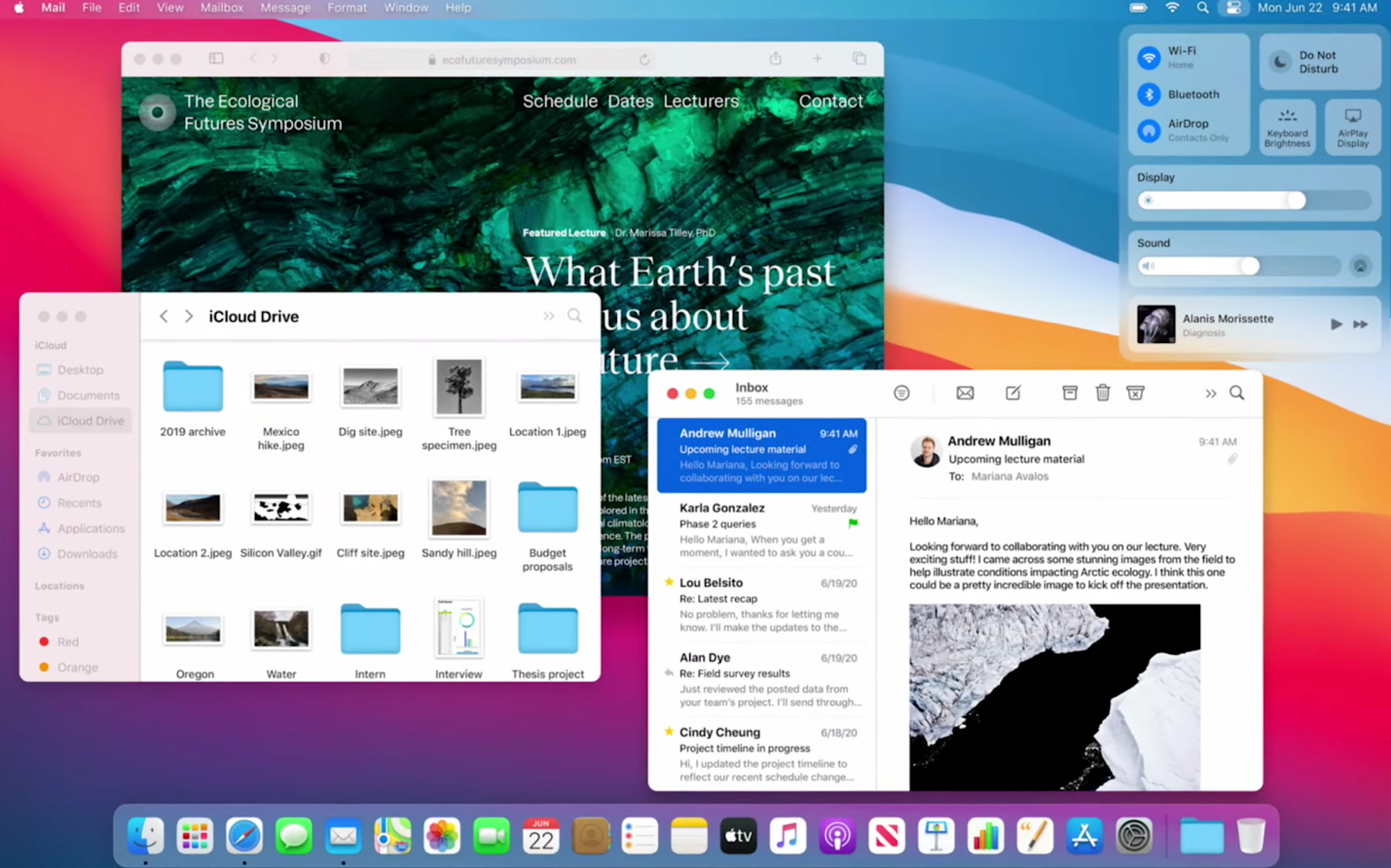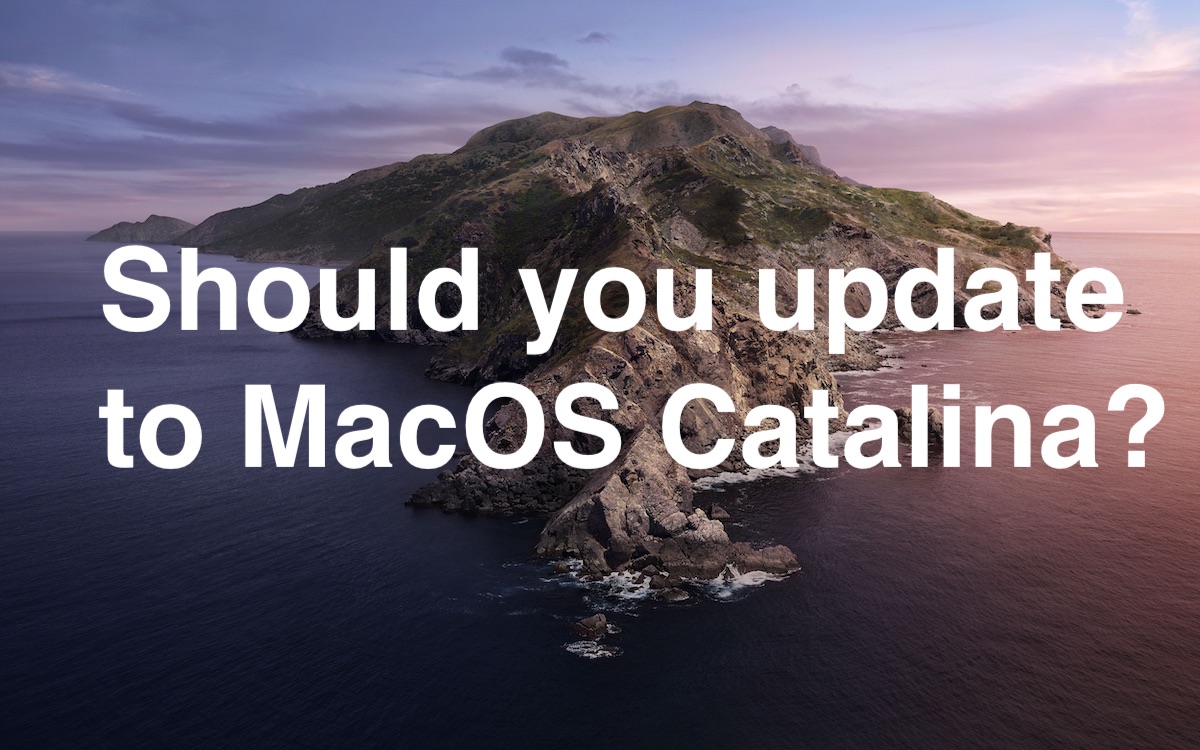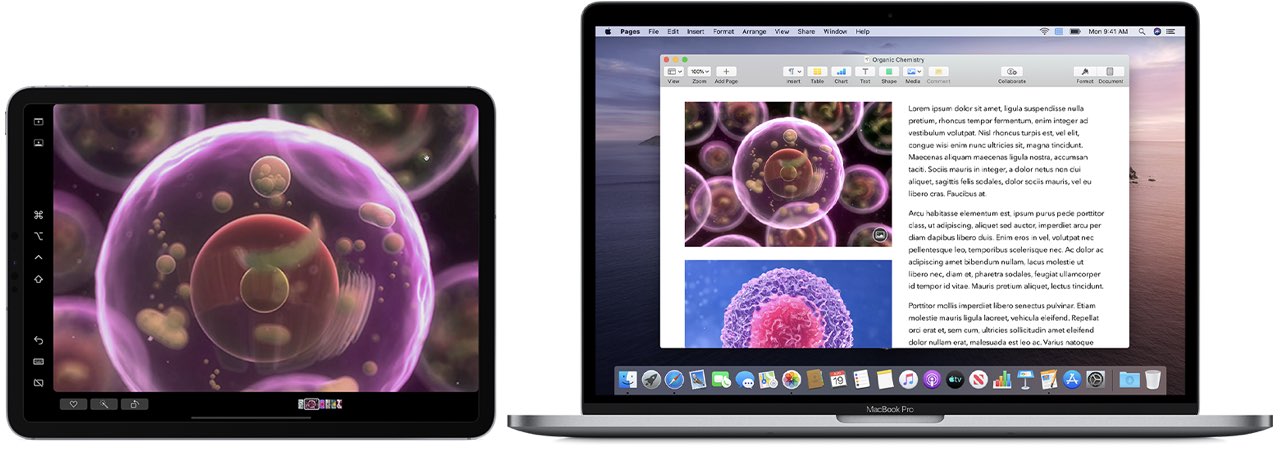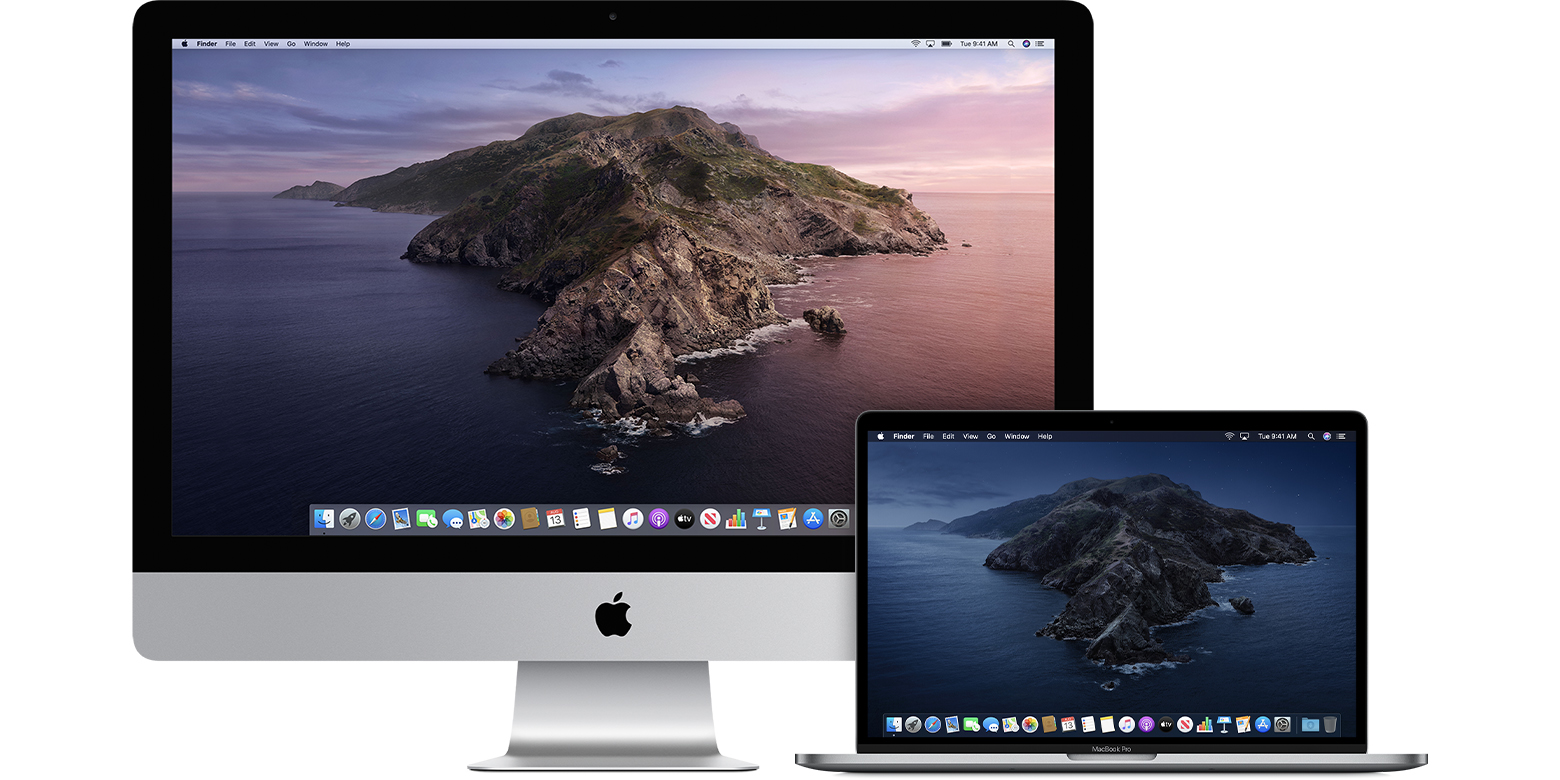- Mac Os Catalina Worth The Upgrade Guide
- How To Upgrade To Os Catalina
- How To Upgrade Mac Catalina
- Mac Os Catalina Worth The Upgrade Kit
- Mac Os Catalina Worth The Upgrade 2017
MacOS Big Sur vs Catalina: Will it be worth the upgrade? 11 Big Sur as 'The biggest design upgrade since the introduction of Mac OS X'. Bring to you if you upgrade from Catalina is a. This will tell you what year your Mac was made, the version of macOS or OS X you’re currently on, the computer’s RAM (Memory), processor, and which graphics card your Mac has. These are important to know, as upgrading to the latest version of macOS – macOS 11 Big Sur – requires the following. Supported OS: Mac, Windows, Linux. Conclusion: Deluge is another popular open-source torrent client that’s designed for Mac and highly likely compatible with Big Sur. It isn’t the best-looking app, with an outdated interface, but it is free to use and ad-free. Works OK on my 2019 Macbook Air with Catalina Mac OS. But be prepared for Windows 10 to use up around 22 plus GB of space just for Windows 10 and its pre installed apps.
The above command 'shows you' to Apple as a developer, and software update may offer you the Catalina installer. Might we worth a try. Be aware that the VERSION of Catalina you may be offered is currently the 10.15.2 beta. But if that's what you need 'to get you to where you want to be', it is what it is.
Each year, Apple makes improvements to macOS, the operating system (OS) you use on your Mac. The annual Apple Mac update cycle often brings iterative tweaks, but some years have major changes.
Your macOS operating system – or OS X, for older versions of macOS – can be updated each Fall, so long as Apple is still supporting your device. Here we’ll show you how to prepare your Mac for an update, the right way to update MacOS to the latest version of OS X or macOS, and some apps that make the process much smoother.
How to prepare your Mac for an OS update
Knowing how to update the latest Mac system is one thing – preparing your machine is equally important. To prepare your Mac for an upgrade, you’ll want to make sure your files are organized properly, all of your system settings are correct, and that your file system is backed up. It’s also important to know if your Mac is eligible for an update.
Check the General Requirements (and Hardware)
To see what specs your Mac has, follow these steps:
- From the menu bar on your Mac, select the Apple icon on the top left
- Select “About This Mac” from the drop down menu
This will tell you what year your Mac was made, the version of macOS or OS X you’re currently on, the computer’s RAM (Memory), processor, and which graphics card your Mac has. These are important to know, as upgrading to the latest version of macOS – macOS 11 Big Sur – requires the following:
- macOS 10.10 or later
- 4GB RAM (Memory)
- 15-20GB of available storage.
Note: To see how much available storage space you have, follow the two step process above, then “Storage” tab at the top of the window.
When you want to upgrade MacOS, keep in mind the latest version of macOS is only available for these models:
- MacBook (Early 2015 or newer)
- MacBook Air (Mid 2012 or newer)
- MacBook Pro (Mid 2012 or newer)
- Mac mini (Late 2012 or newer)
- iMac (Late 2012 or newer)
- iMac Pro (2017)
- Mac Pro (Late 2013 or newer)


Back up your Mac
When it’s time to back your Mac up, Apple has an official method dubbed Time Machine. When you use Time Machine, it keeps what’s called an “image” of your Mac, which is what a backup really is. When you backup your Mac, you’re making a compressed version of your entire operating system.
Learn more about time machine backup.
The purpose of creating a backup is most often to have a recent save point you can reboot from. It’s important to do as often as possible.
Here’s how to create a backup of your Mac using Time Machine:
- Connect an external drive. This is where your backup will be stored.
- From your Mac menu bar, go to Apple > System Preferences > Time Machine
- Click “Select Disk”
- Select the external drive you connected to your Mac
- Select “Use Disk” in the new popup window
There’s a much better way to backup your Mac, though: Get Backup Pro.
Get Backup Pro makes backing up your Mac simple, and you remain in total control. One issue many have with Time Machine is it often starts backing up during the day, which consumes resources on your Mac, and things you're working on may not save in your backup. Get Backup Pro lets you back your Mac up to any device you like, and you can set the schedule you want for backing your Mac up. You can even choose how many backups you want to keep; Time Machine doesn’t allow such customizations!
Make sure you have sufficient space for macOS Update
Apple recommends you have a minimum of 4GB RAM, or Memory, and 12.5GB available storage when upgrading your Mac. (It’s also wise to have a strong internet connection, as the download can take quite a bit of time!)
Here’s how to check your system to see if your Mac is eligible for an Apple OS update:
- From the menu bar on your Mac, select the Apple icon on the top left
- Select “About This Mac” from the drop down menu – this shows you how much Memory (RAM) you have
- Select the “Storage” tab
- Under “Macintosh HD,” ensure you have at least 12.5GB storage available
Clean Your Mac
When you think “how do i update my mac operating system?,” you should also be thinking about how to prepare your Mac for the update. Remember that if you need to boot your Mac from a backup, it will load exactly what you have on your Mac at the time of the update. Now is a great time to delete apps, re-organize your files, and make sure your settings are optimized.
There’s just no better app for this than CleanMyMac X. It leaves your Mac running in peak condition, and like Get Backup Pro, it can be set to alert you on a schedule that it’s time to clean up your Mac. All you have to do is open CleanMyMac X on your Mac, select the “Smart Scan” module, and the app scans your system and cleans up unnecessary files, scans for malware, and ensures your settings are set to keep your Mac running as fast as possible by doing things like freeing up RAM and running maintenance scripts.
If you want to really dial your Mac in, CleanMyMac X has a module for uninstalling apps, which also removes their associated files. You can also run the “Maintenance” module to take the Smart Scan feature a step further with a more detailed scrubbing of your Mac.
Mac Os Catalina Worth The Upgrade Guide
How to update a Mac
You may be wondering “how do I upgrade my Mac operating system?” Now that we’ve told you how to backup your Mac and optimize it, here’s how you update your Mac:

- From the menu bar on your Mac, select the Apple icon on the top left
- Select “Software Update”
That’s all you need to do! Your Mac will tell you if there’s an upgrade available for you. Next time you’re thinking “how do i upgrade my operating system on my Mac?,” remember this two-step process.
How to turn on automatic updates
You can trigger your Mac to update automatically – but first, a word of caution. Many set their Mac to update automatically so they don’t ask themselves “how do i update mac os?” every few months. It’s typically fine to have your Mac update automatically, but there have been some features that break old apps in newer macOS builds. We would caution you to consider your needs; if you can’t risk apps not working or perhaps files being shifted around, we would advise against automatic updates.
But for most, it’s fine to automatically upgrade your Mac. Here’s how:
- From the menu bar on your Mac, select the Apple icon on the top left
- Select “Software Update”
- Select “Advanced”
- Make sure all boxes are checked
Note: for a Mac to automatically update, it must be connected to power.
Keep in mind you have a bit of control here, too. You can choose to have your Mac check for updates automatically, but not download them. This is a smart choice for those who want a bit more control over when their Mac updates, and we prefer this option as it allows you to run CleanMyMac X before a backup with Get Backup Pro. Backing up before an update is always a smart move.
How Can I Update Drivers on Apple OS?
Drivers are what allow your Mac to communicate with peripherals like graphics cards, speakers, or printers. You can’t directly update drivers on a Mac; your best bet is to update your operating system, which has all the necessary drivers.
If you’re using a specific app to communicate with peripherals, like an app for a printer, updating the app itself may install new drivers.
Mac Won’t Update?
If your Mac simply won’t update, it’s likely a hardware issue. As we noted, you’ll need 4GB RAM and 12.5GB storage to update your Mac. If you don’t have at least that, you will be unable to run the latest version of macOS.
Your Mac may also be too old. Though the system requirements help avoid this, Apple only supports older machines for a certain amount of time; this is often because other specs, like graphics cards, are no longer adequate for newer versions of macOS.
It’s also possible the update was interrupted; this is why we advise you have a strong internet connection before updating your Mac. These are core issues with a Mac which won’t update. If you’re experiencing issues, get hold of Apple for support.

Conclusion
New versions of macOS are exciting for Mac enthusiasts, but don’t rush to download them. Always make sure you’ve cleaned your Mac using CleanMyMac X, and back your machine up with Get Backup Pro. Another great app to download is Disk Drill, which can help you recover files you thought were lost.
All three apps are available for free as part of a seven day trial of Setapp, a robust suite of productivity apps for your Mac. Alongside Disk Drill, GEt Backup Pro, and CleanMyMac X, you’ll get unlimited access to the full Setapp library of nearly 200 excellent Mac apps.
When the trial ends, Setapp is only $9.99 per month to retain unlimited access to the full suite of apps. For families, Setapp’s $19.99 monthly plan allows full access to Setapp on up to four unique Macs. An incredible deal – give Setapp a try today!
Meantime, prepare for all the awesome things you can do with Setapp.
Read onSign Up
Make your Mac invincible
Let's just say it: 2020 is a weird year — messing with an ordinary state of things to the extent that you no longer know what's ordinary. So don't panic if you google 'What is the latest macOS 2021?' and can't find the macOS version 10.16. It doesn't exist.
This year, Apple hosted its first virtual-only WWDC event where they announced a transition to macOS 11, hence ending the era of Mac OS X generation. The new macOS Big Sur version 11.0 arrives with an overhauled design that features lots of iOS elements. Also, macOS 11 will be the first operating system to support Macs with Apple silicon chips. So just like anything 2020, macOS Big Sur is pretty unusual — but is it really worth an upgrade?
Big Sur upgrade assistant
Before you switch to a new macOS, install Setapp. It’s a suite of apps that will keep your data protected on any system.
macOS Big Sur review: What's new
Before we look at the pros and cons, let's focus on the major changes that Apple Big Sur is bringing to the table. The following section will help you understand whether an upgrade to Big Sur makes sense in your case. If you decide to skip it over, we won't judge you — but make sure you check the infographic below for a quick summary.
macOS Big Sur requirements: Will your Mac run macOS 11?
Full disclosure: This article only makes sense if you can give a positive answer to the question 'Can my Mac run Big Sur?' If it's a no, breathe out and continue enjoying Catalina. Or, get a new Mac. If you compare device compatibility in macOS Big Sur vs Catalina, you'll notice a change. Essentially, Big Sur moves a year to two years ahead, cutting off support for all Macs released prior to 2013.
Here’s the full list of macOS Big Sur compatible devices:
MacBook (2015 or later)
MacBook Air (2013 or later)
MacBook Pro (2013 or later)
Mac Pro (2013 or later)
Mac Mini (2014 or later)
iMac (2014 or later)
iMac Pro (2017 or later).
You’ll find more on macOS Big Sur system requirements here.
Design changes that change it all
Apple calls it the biggest design change in the last 20 years. We call it an iPad marries a Mac. Here's a quick dive into why macOS Big Sur is very different from what you experience with Catalina:
New Control Center featuring quick access to settings and controls on Mac
Full-size sidebars across apps
Notifications grouped by apps
Three new widget layouts
Widgets and notifications can be combined within one view
Translucent Dock icons and the menu bar
Rounded corners across windows and app icons.
It looks like macOS Big Sur takes a content-first approach, removing visual complexity and helping you customize lots of things on a desktop. It also has that sweet homely iOS vibe about it, which you’ll recognize instantly if you’re an iPhone/iPad user.
The iPadification of Mac
Apart from the design change, the latest macOS is embracing more iOS apps via Catalyst. For instance, Maps and Messages have been redesigned with the Mac Catalyst app — and Catalyst itself is getting some major enhancements. Particularly, it arrives with access to more iOS frameworks, new APIs, and the ability to control Mac Catalyst apps using just the keyboard.
The Catalyst era kicked off in 2019, with the release of macOS 10.15 Catalina. Apple made it possible to port iOS apps to macOS, and introduced Screen Time as the first native app to undergo the Catalyst transition. With macOS 11, Catalyst apps continue arriving — easy to port and fitting the Big Sur design perfectly.
What’s more, Macs with Apple silicon chips will be able to run iOS apps natively on Big Sur. This means one thing: In the battle of Big Sur vs Catalina, the former certainly wins if you want to see more iOS apps on Mac.
Safari reborn on macOS Big Sur
Apple introduced some great Safari improvements with macOS Catalina, including weak password flagging and tab switching. But compared to what they did this year, Catalina updates were just the beginning of a major Safari transformation. On macOS Big Sur, Safari is crazily customizable and 50% faster than Chrome. Here are some key changes:
Customizable start page. You can set any background picture and choose what should appear on your Safari start page.
Preview tabs. Hover over any tab for a quick website preview.
Bring extensions from anywhere. Developers can easily migrate third-party extensions to Safari.
Translate an entire web page. Translate a website page across seven languages in a flash.
See who’s tracking you. The new built-in Privacy Report gives you access to the list of trackers on any website, which is a huge leap forward in terms of safer browsing.
Is it safe to update to Big Sur?
Many users are wondering whether it’s safe to download and install Big Sur at this point. We’ve dived into the depths of Reddit and Twitter, searching for any hints about macOS Big Sur misbehavior. So far, there have been some reports on installation problems and Safari crashing. But considering betas are generally buggy, it seems normal.
According to Apple, macOS Big Sur will offer even more control over users’ personal data. Developers will be asked to provide extensive information on their privacy practices when bringing apps to the App Store — so that you know what types of data an app collects before installing it. And with the new Privacy Report in Safari, you can expect a safer browsing journey on Big Sur. So we believe it’s pretty safe to upgrade to Big Sur.
Make your macOS perform better

Read more about how to upgrade mac os the right way
The only recommendation is to make sure your Mac is prepared well in advance. Free up storage with CleanMyMac X — you’ll need at least 20GB of free disk space — and back up data with Get Backup Pro just to be sure nothing disappears from your Mac. Both tools are on Setapp and available with a 7-day free trial.
How To Upgrade To Os Catalina
Catalina vs Big Sur: Final verdict
How To Upgrade Mac Catalina
The question “Should I upgrade to Big Sur or not?” doesn’t have an easy answer. But we say give it a try if you like the new iOS-inspired design and enhanced Safari. Also, macOS Big Sur is the best operating system for porting iOS apps — and, hopefully, running iOS apps in the near future. Summing it up, here’s the final look at Big Sur vs Catalina features:
Meantime, prepare for all the awesome things you can do with Setapp.
Mac Os Catalina Worth The Upgrade Kit
Read onSign Up
Mac Os Catalina Worth The Upgrade 2017
